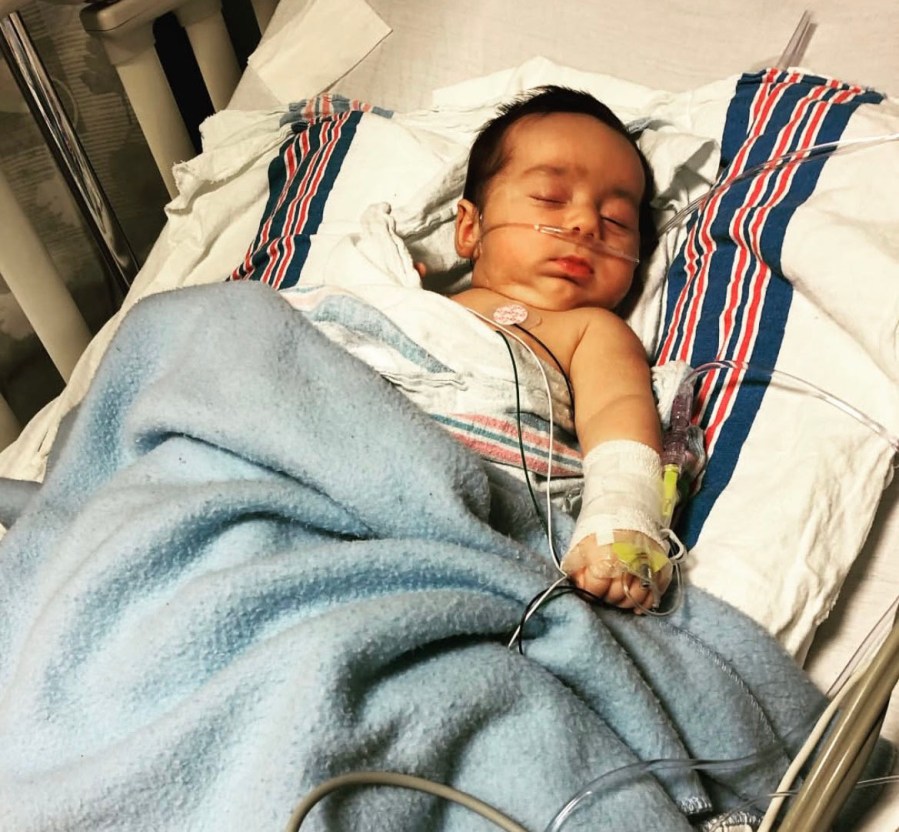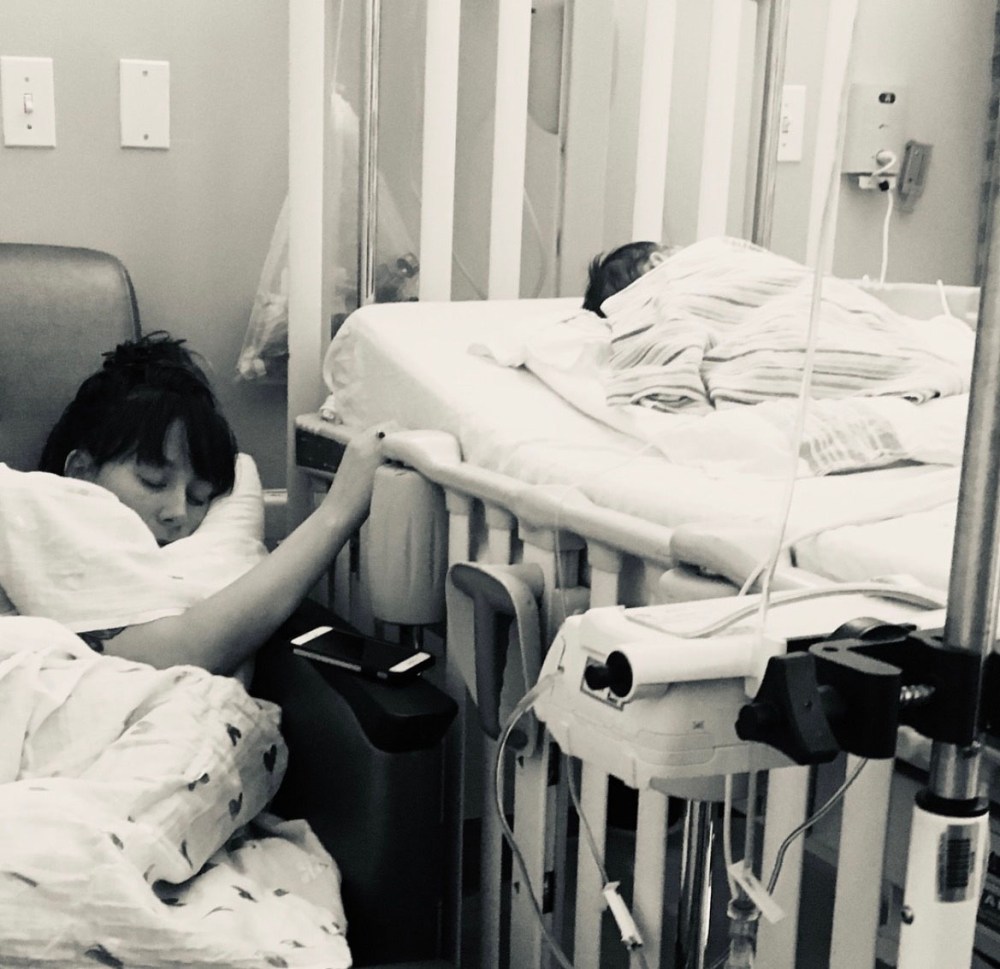Very few images stay with you like the sight of your infant in the pediatric ICU, attached to various IVs, tubes and machines tasked with monitoring their smallest, most vital parts. It’s been six years since my youngest son was admitted for a dangerous case of RSV and still, there are moments when I look at him and all I see is that helpless 4-week-old, struggling to breathe.
So when I found out I was pregnant with my daughter and eligible for a dose of the maternal RSV vaccine that would protect her for the first six months of her life, I was not only relieved — I was grateful. My infant would be safe, and I could rest slightly easier knowing that I had done all I could to avoid the trauma of watching a group of doctors discuss my child’s treatment plan in hushed tones.
What does a family gathering plus the immunities I passed to my daughter in utero equal for my daughter? If I add an early dose of the MMR vaccine to a fall vacation does it equal protection?
It didn’t occur to me that I would instead have to worry about measles — a disease once eradicated in the United States that now poses a serious threat to children who, like my daughter, are too young to receive the scientifically proven safe and effective vaccine.
“Many are afraid, and I think anyone with infants under age 1 year is particularly concerned — especially in the lead-up to spring break, since many people are traveling,” Dr. Krupa Playford, a board-certified pediatrician and founder of The Pediatrician Mom, tells me. “For kids under 6 months, there isn’t a whole lot that can be done.”

So far in 2025, nine states have reported a total of 164 confirmed cases of measles — Alaska, California, Georgia, Kentucky, New Jersey, New Mexico, New York, Rhode Island and Texas. There have been three distinct outbreaks (defined as three or more related cases), including 159 cases in West Texas — the largest of the outbreaks — where more than 20 people have been hospitalized and one unvaccinated child has died. It was the first American measles death in nearly a decade.
The rise in measles cases is a direct result of the nation’s declining childhood vaccination rate, caused, in large part, by misinformation, conspiracy theories and outright lies about the safety of childhood vaccination. According to a 2024 KFF Health Misinformation Tracking Poll, nearly 1 in 5 adults — including 19% of parents with kids under 18 — have heard or read the claim, “Getting the measles vaccine is more dangerous than becoming infected with measles.”
A fifth of adults, the poll indicates, including 25% of parents, believe that claim is “definitely” or “probably” true.
Robert F. Kennedy Jr., the country’s new health secretary under President Donald Trump, has downplayed both the severity of the measles outbreak and the importance of the measles vaccine. During the Trump administration’s first Cabinet meeting, he claimed that measles outbreaks are “not unusual,” despite the outbreak in Texas alone accounting for nearly half of last year’s total measles cases.
In an essay for Fox News, Kennedy argued that vitamin A — not a vaccine proven to be 97% effective — would “dramatically reduce measles mortality.”
“Good nutrition remains the best defense against most chronic and infectious illnesses,” he wrote. “Vitamins A, C, and D, and foods rich in vitamins b12, C, and E should be part of a balanced diet.” And while Kennedy described vaccines as “crucial to avoiding potentially deadly disease,” he stopped short of urging parents to vaccinate their children, instead writing that the “decision to vaccinate is a personal one.”

Those of us who believe in science know measles to be one of the most infectious diseases in the world. According to the National Foundation of Infectious Disease, if one person has the measles, up to 90% of unvaccinated people who come in contact with that person will become infected. About 1 in 5 unvaccinated people who get the measles are hospitalized, and as many as 1 in 20 children who contract the disease will get pneumonia.
Even with the best care, an estimated one to three people out of 1,000 who get measles will die.
So I’m now back to doing an all-too-familiar form of mom math — a math I and many parents with children under 5 perfected during the pandemic, when vaccines for our children’s age group were still out of reach. What does a family gathering plus the immunities I passed to my daughter in utero equal for my daughter? If I add an early dose of the measles, mumps and rubella (MMR) vaccine to a fall vacation does it equal protection? Is an early dose even possible?
It is us moms who bear the burden of our nation’s health — and sometimes pay the ultimate price for its sickness.
“I’ve had several families whose children have had the first shot [of the measles vaccine] ask to do the second one earlier than 4 years,” Playford, who practices in Virginia, told me, adding that an early dose is not an option for children under 6 months.











